In Israel the Bible is always coming to life and ancient institutions restored. One of the most holy and amazing projects is the restoration of the Temple veil. What did it actually look like and from what materials was it made? For more than two years a small group of industrious women have been attempting to recreate the veil that separated the Holy Place from the Holy of Holies in the Temple in Jerusalem.
They call themselves “The women of the veil chamber,” according to Israel Today . They have a workshop in the biblically significant Samarian community of Shiloh. And the Bible gives them major clues as to what the veil should look like. Their attempt to weave the veil is in according to Exodus 26:31, “Make a veil woven of blue, purple, and scarlet thread, and fine woven linen. It shall be woven with an artistic design of cherubim.”
Learning how to weave the veil is another way of preparing for the day the Temple will be rebuilt.
The weaving techniques and the special six-cord threads required by the biblical text, the production of the correct blue, purple and scarlet dyes – all of these are arts that must be recreated.
The size of the veil itself, measuring 20 meters high, 10 meters wide and 10 centimeters thick, is a project of immense complexity in and of itself. According to the women, the making of the veil is therefore a long learning process of trial and error.
One of the more unique challenges is to weave the faces of the cherubim so that it is an eagle face on one side of the veil and a bull’s face on the other side. An on top of it all, the women must produce an artefact that passes the scrutiny of rabbis.
In addition to the “the women of the veil chamber,” there is another group of women who for four years already have been producing the priestly garments needed for Temple worship. The making of the priest’s clothing also required a learning process, but unlike the veil, these were fairly simple to produce. According to the Jewish law, a priest can perform his duties only if he is wearing his special priestly clothes. These garments, which have to be tailor-made for each person, are sold at affordable prices to encourage as many Jews of priestly lineage as possible to buy them.
The weavers are doing these deeds by faith, believing that they are hastening the time of Israel’s redemption.

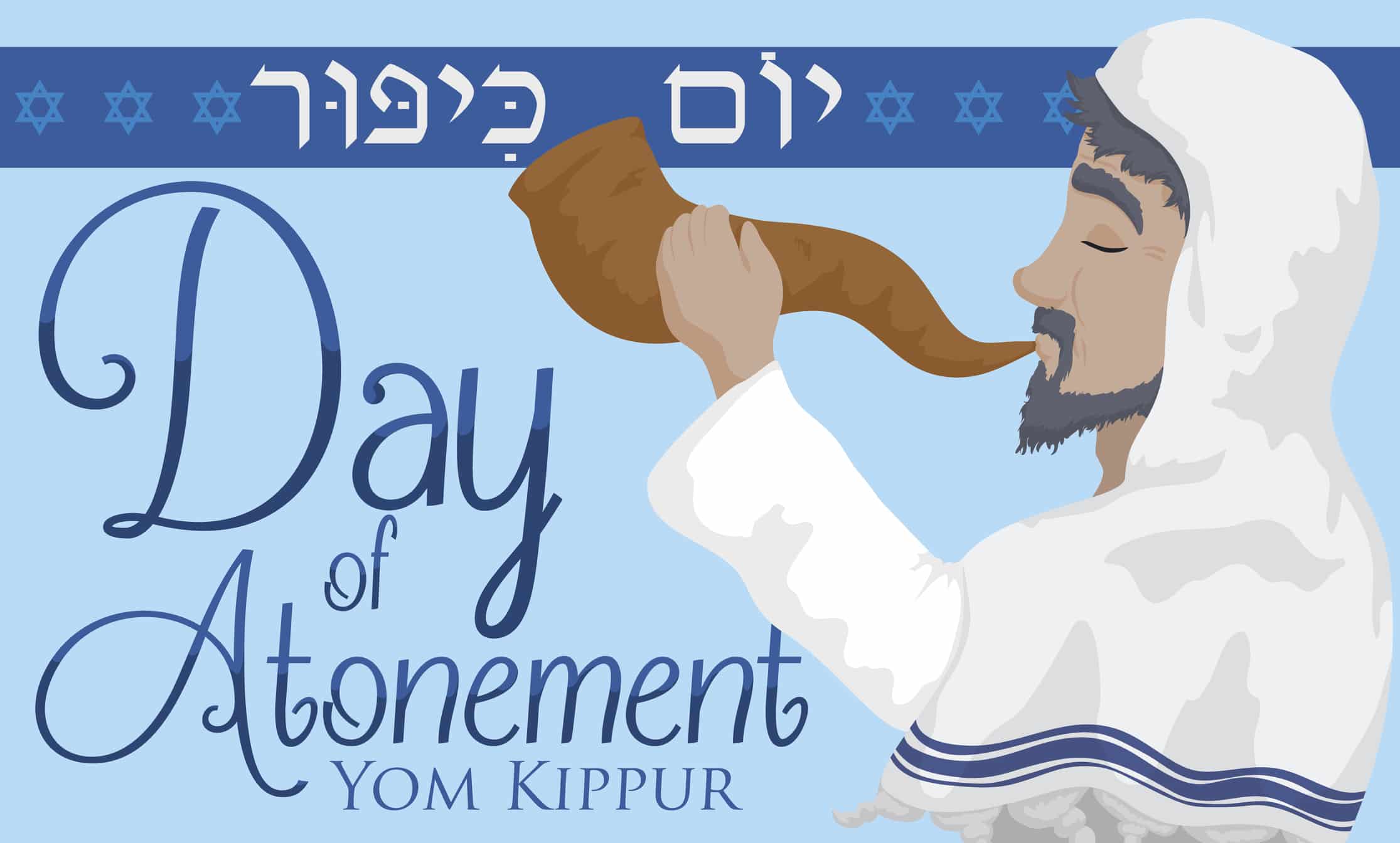
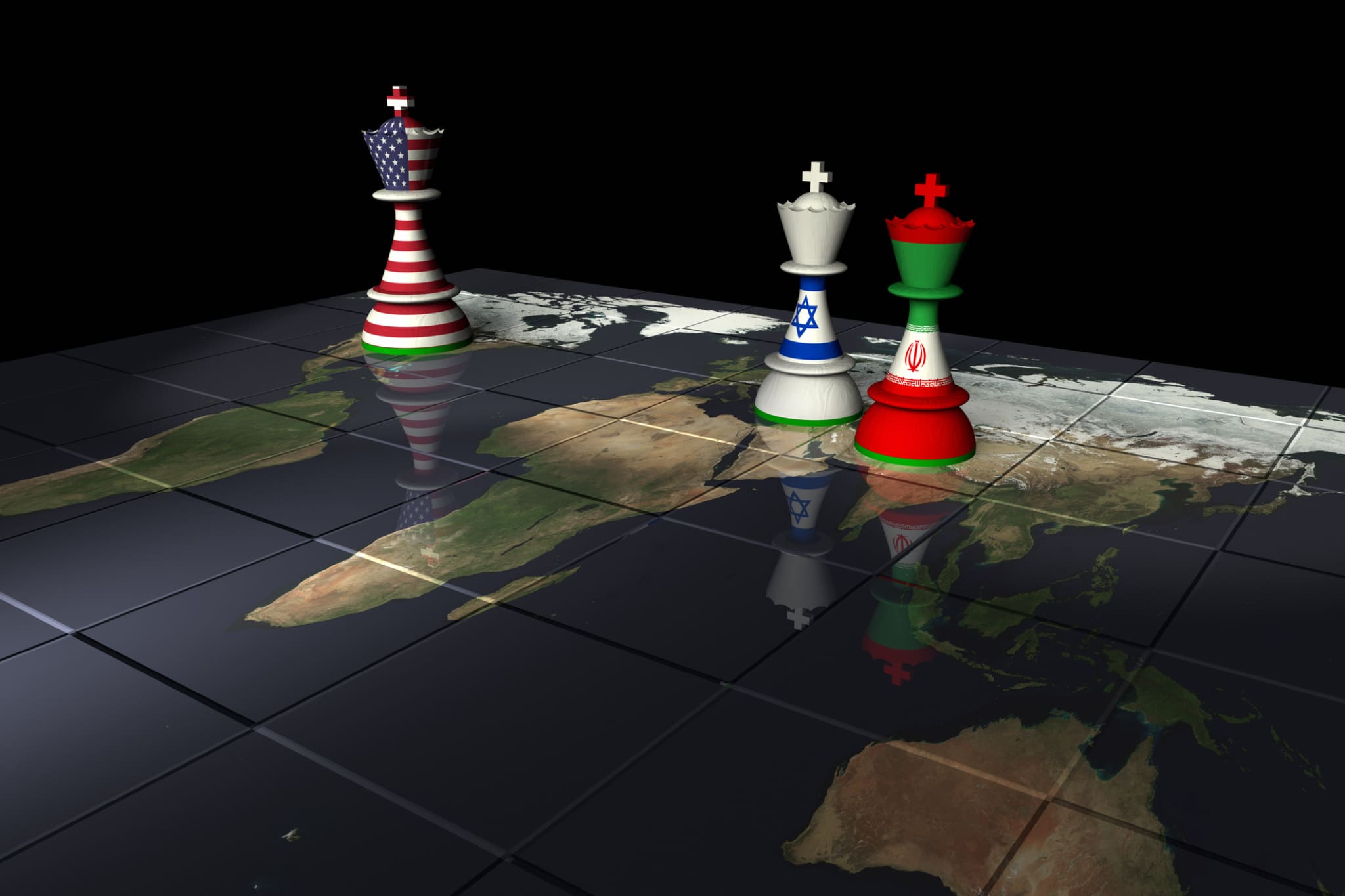
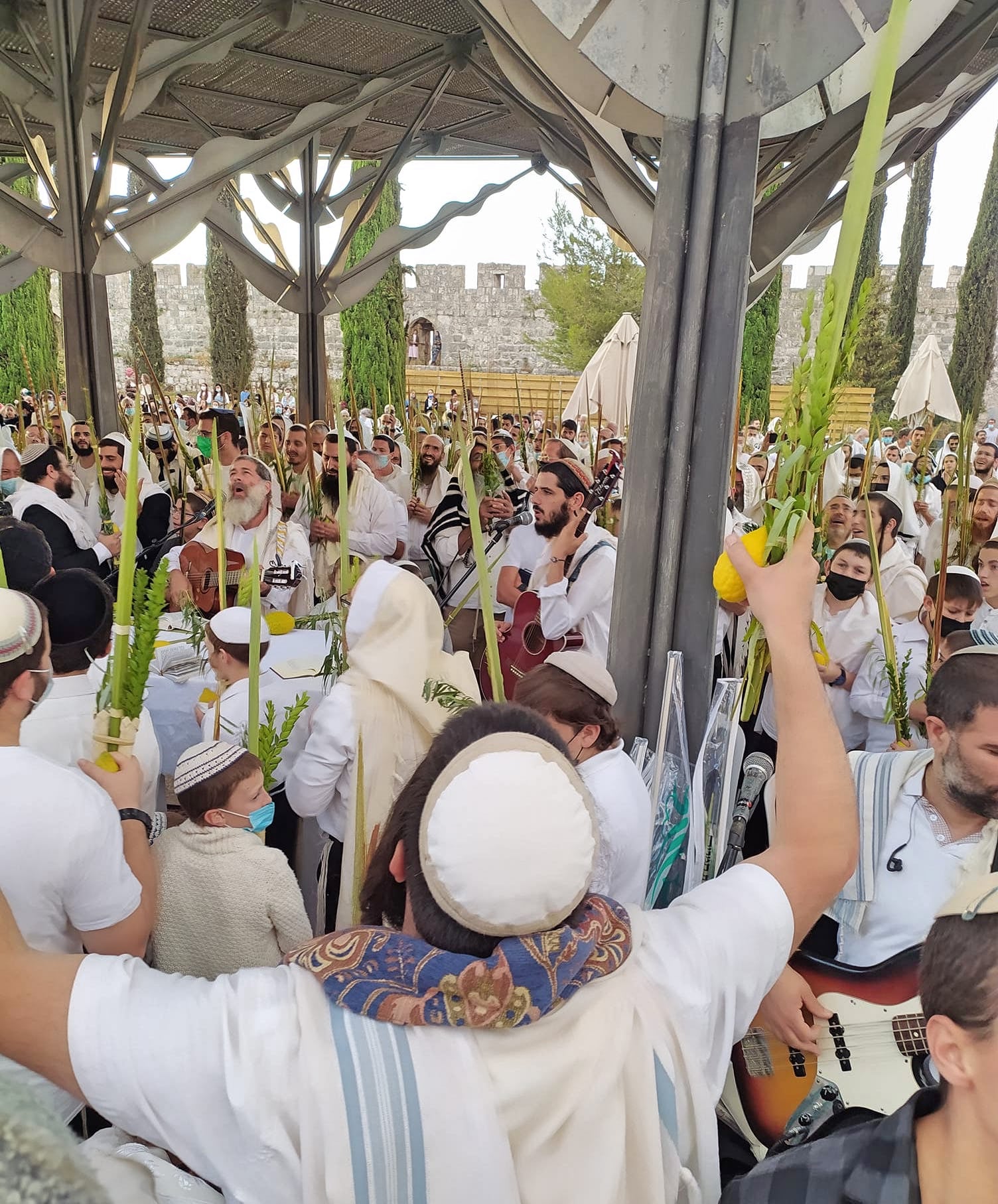
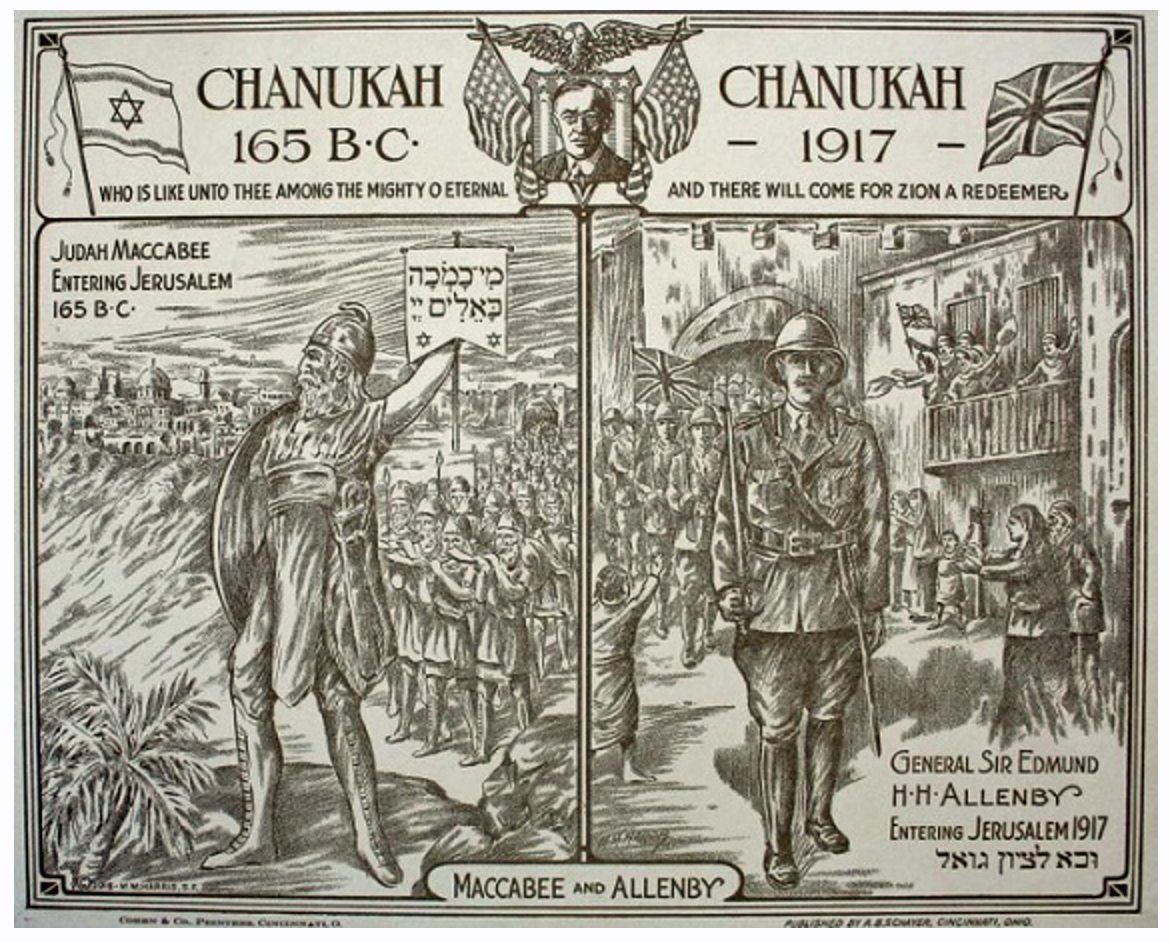
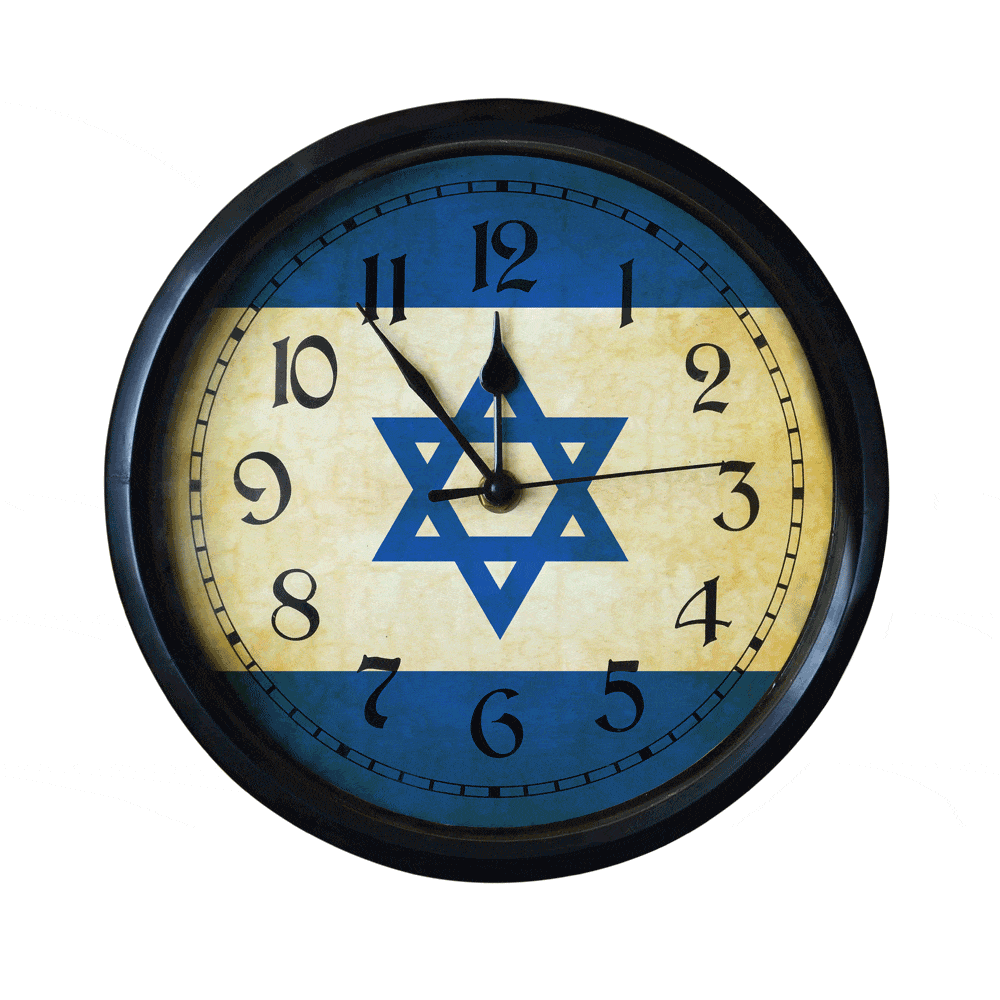
Leave A Comment